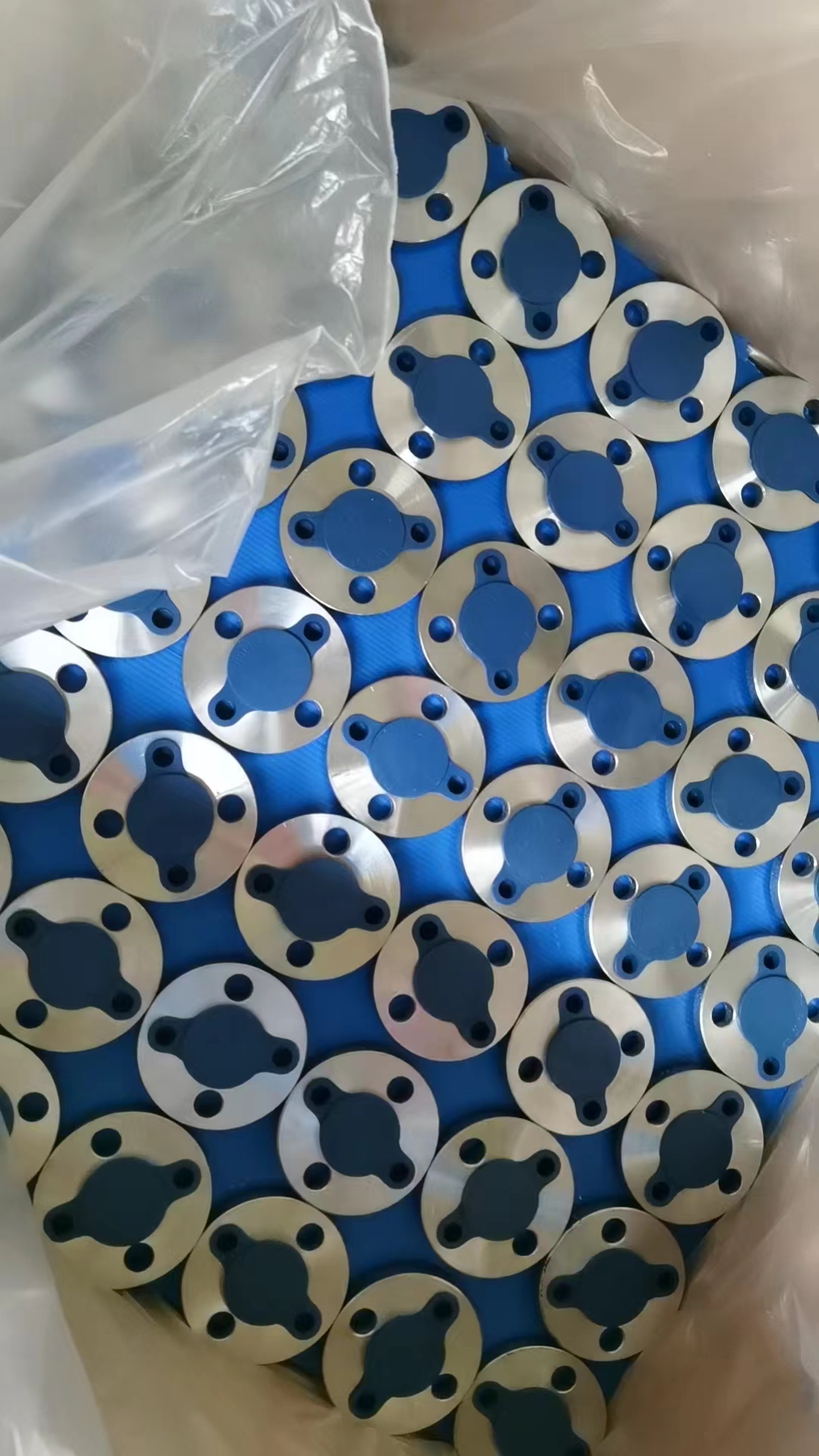-
Cangzhou Yulong Steel Co., Ltd.
-
Phone:
+86 13303177267 -
Email:
admin@ylsteelfittings.com
- English
- Arabic
- Italian
- Spanish
- Portuguese
- German
- kazakh
- Persian
- Greek
- French
- Russian
- Polish
- Thai
- Indonesian
- Vietnamese
- Zulu
- Korean
- Uzbek
- Hindi
- Serbian
- Malay
- Ukrainian
- Gujarati
- Haitian Creole
- hausa
- hawaiian
- Hebrew
- Miao
- Hungarian
- Icelandic
- igbo
- irish
- Japanese
- Javanese
- Kannada
- Khmer
- Rwandese
- Afrikaans
- Albanian
- Amharic
- Armenian
- Azerbaijani
- Basque
- Belarusian
- Bengali
- Bosnian
- Bulgarian
- Catalan
- Cebuano
- China
- China (Taiwan)
- Corsican
- Croatian
- Czech
- Danish
- Esperanto
- Estonian
- Finnish
- Frisian
- Galician
- Georgian
- Kurdish
- Kyrgyz
- Lao
- Latin
- Latvian
- Lithuanian
- Luxembourgish
- Macedonian
- Malgashi
- Malayalam
- Maltese
- Maori
- Marathi
- Mongolian
- Myanmar
- Nepali
- Norwegian
- Norwegian
- Occitan
- Pashto
- Dutch
- Punjabi
- Romanian
- Samoan
- Scottish Gaelic
- Sesotho
- Shona
- Sindhi
- Sinhala
- Slovak
- Slovenian
- Somali
- Sundanese
- Swahili
- Swedish
- Tagalog
- Tajik
- Tamil
- Tatar
- Telugu
- Turkish
- Turkmen
- Urdu
- Uighur
- Welsh
- Bantu
- Yiddish
- Yoruba

Dec . 11, 2024 18:57 Back to list
mild steel flanges manufacturer
The Importance of Mild Steel Flanges in Industrial Applications
Mild steel flanges are integral components in a wide array of industrial applications, offering both durability and versatility. As manufacturers continually strive to improve efficiency and reliability in operations, understanding the significance of these flanges becomes paramount for engineers, procurement specialists, and project managers alike.
Understanding Mild Steel Flanges
Mild steel, also known as low carbon steel, contains approximately 0.05% to 0.25% carbon by weight. This composition grants mild steel a range of beneficial properties, including ease of fabrication, sufficient strength, and excellent weldability. Mild steel flanges are typically used to connect pipes, valves, pumps, and other equipment, providing a secure and leak-proof junction.
Flanges come in various types, such as blind flanges, slip-on flanges, and weld neck flanges. Each type serves a distinct purpose and is chosen based on the specific requirements of the project. The ability to customize flanges according to size, thickness, and pressure rating makes mild steel flanges a preferred choice across different industries.
Benefits of Using Mild Steel Flanges
1. Cost-Effectiveness One of the primary advantages of mild steel flanges is their cost-effectiveness compared to other materials like stainless steel or alloy steel. For projects with stringent budget constraints, mild steel offers reliable performance without the exorbitant costs associated with higher-grade materials.
2. Ease of Fabrication Mild steel is known for its machinability, making it easier to produce flanges in various shapes and sizes. This characteristic allows manufacturers to quickly respond to custom orders, ensuring that clients receive precisely what they need to meet project deadlines.
3. Weldability The low carbon content in mild steel enhances its weldability. This property is essential in many industrial applications, where flanges must be securely attached to pipes and other components. Proper welding techniques can create strong joints that withstand high pressure and temperature fluctuations.
4. Corrosion Resistance with Coatings Although mild steel is prone to rust, it can be effectively protected through various coatings. Galvanization and painting are common methods used to enhance the corrosion resistance of mild steel flanges, extending their lifespan and reducing maintenance costs over time.
mild steel flanges manufacturer

5. Strength and Performance Mild steel flanges can support a significant amount of weight and pressure, making them suitable for high-stress applications in industries such as oil and gas, water treatment, and construction. The strength-to-weight ratio enables the design of lighter systems while maintaining structural integrity.
Applications of Mild Steel Flanges
Mild steel flanges are omnipresent across numerous sectors, including
- Piping Systems In oil and gas, water supply, and chemical processing, flanges are crucial in connecting pipes and ensuring the safe transport of fluids. - Construction Mild steel flanges are commonly used in structural applications where steel beams need to be connected to support frames or columns.
- Manufacturing In the machinery and manufacturing sectors, flanges are used in various equipment assemblies, including pumps, compressors, and pressure vessels.
- Automotive Mild steel flanges play a crucial role in automotive applications, where they are used to connect exhaust systems, fuel lines, and other critical components.
Conclusion
In summary, mild steel flanges represent a vital component in modern industrial applications. Their cost-effectiveness, ease of fabrication, and robust performance make them suitable for various sectors. By prioritizing quality and proper fabrication processes, manufacturers can ensure that mild steel flanges meet strict industry standards, ultimately contributing to the efficiency and reliability of industrial systems.
As businesses navigate the complexities of supply chains and project specifications, partnering with a reputable mild steel flanges manufacturer becomes an essential step in securing quality products that meet operational demands. With ongoing advancements in materials science and manufacturing techniques, the future of mild steel flanges remains promising, paving the way for even greater innovations in the industrial sector.
Latest news
-
ANSI 150P SS304 SO FLANGE
NewsFeb.14,2025
-
ASTM A333GR6 STEEL PIPE
NewsJan.20,2025
-
ANSI B16.5 WELDING NECK FLANGE
NewsJan.15,2026
-
ANSI B16.5 SLIP-ON FLANGE
NewsApr.19,2024
-
SABS 1123 FLANGE
NewsJan.15,2025
-
DIN86044 PLATE FLANGE
NewsApr.19,2024
-
DIN2527 BLIND FLANGE
NewsApr.12,2024
-
JIS B2311 Butt-Welding Fittings LR/SR 45°/90° /180°Seamless/Weld
NewsApr.23,2024











